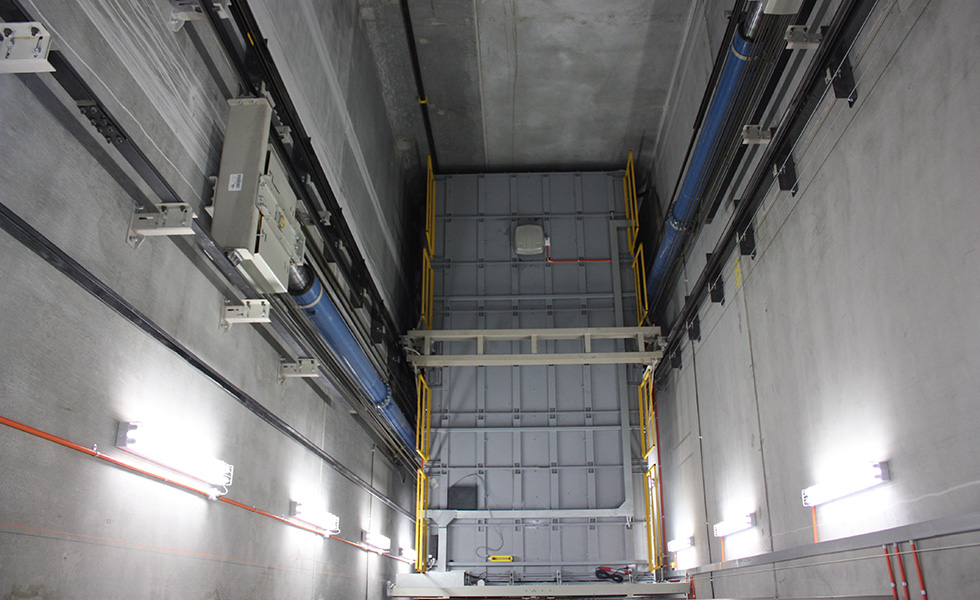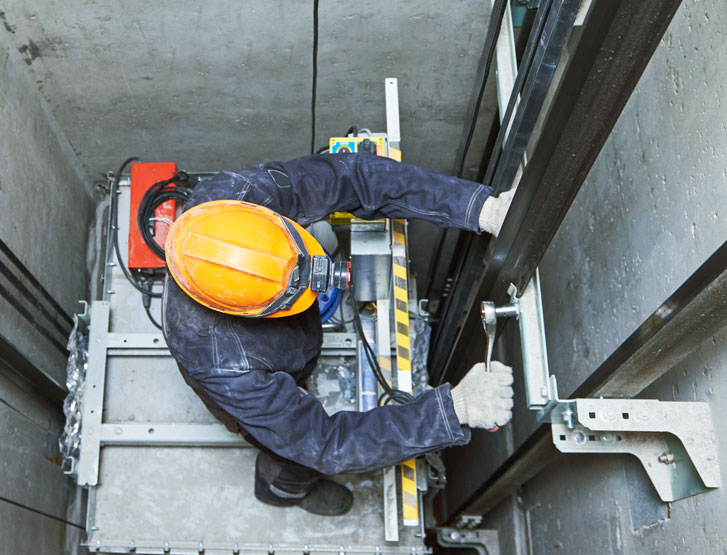Cost Effective Lift Maintenance Repair: Maintaining Your Lifts Running Efficiently
Wiki Article
Pro Tips for Keeping Your Lift in Leading Condition: An Extensive Overview
Ensuring the optimal performance of a lift system is vital for a reliable and safe operation in various settings, from commercial storehouses to industrial buildings. By adhering to a structured maintenance program and preemptively attending to possible problems, lift proprietors can reduce expensive downtime and safety threats.
Significance of Normal Maintenance
Routine maintenance of your lift is essential to ensure its optimal efficiency and durability. By adhering to a normal upkeep routine, you can recognize and attend to potential issues prior to they rise into pricey repairs or unexpected downtime. Routine upkeep jobs such as lubricating relocating parts, examining for damage, and examining hydraulic systems can aid stop breakdowns and make certain risk-free procedure.Ignoring routine maintenance not only endangers the effectiveness of your lift but also postures safety risks to individuals and property. Parts that are not effectively kept might stop working all of a sudden, resulting in crashes or damages to the lift itself. Additionally, addressing concerns early through maintenance can extend the life-span of your lift and reduce the probability of major breakdowns.
Along with improving safety and efficiency, regular upkeep can also save you cash in the lengthy run. By investing in precautionary maintenance procedures, you can prevent pricey repairs or replacements that might develop from overlooking the upkeep of your lift. In general, prioritizing regular upkeep is important for maximizing the capability and long life of your lift system.
Leading Parts to Evaluate

Furthermore, pay close attention to the lift's security functions, such as emergency situation quit switches, security sensors, and interlocking mechanisms, to ensure they are working properly. Frequently examine the lift shaft for particles or obstructions that might hamper the movement of the lift vehicle. Last but not least, do not fail to remember to examine the doors, joints, and door drivers to guarantee smooth opening and closing operations. By meticulously examining these leading parts, you can catch prospective concerns early and ensure your lift remains in top condition.
Aggressive Fixing Methods
When encountered with prospective lift system issues, adopting proactive troubleshooting techniques can considerably improve functional effectiveness and protect against pricey downtime. Among the vital positive repairing methods is to on a regular basis evaluate and keep track of lift performance data. By tracking metrics such as lift speed, motor temperature level, and energy consumption, maintenance teams can determine early signs of potential problems and take corrective activities prior to they intensify. Conducting regular aesthetic examinations of crucial components, such as cords, wheels, and safety mechanisms, can also aid in identifying damage or misalignments that can cause malfunctions. Additionally, carrying out a preventative upkeep schedule that includes lubrication of moving components, testing of emergency situation brakes, and calibration of sensors can proactively attend to usual lift system troubles.Furthermore, investing in training programs for maintenance staff on troubleshooting methods particular to the lift version installed can encourage them to diagnose and settle concerns promptly. By staying ahead of possible issues through positive troubleshooting, lift drivers can ensure a smoother and extra reputable procedure while minimizing the danger of unforeseen break downs.
Important Lubrication Practices
Implementing proper lubrication techniques is important for making sure the smooth operation and durability of lift systems. Normal lubrication helps in reducing friction between moving components, preventing wear and tear that can bring about costly repairs and downtime. Adhering to a rigorous lubrication routine is essential. when it comes to raise maintenance.Picking the best lubricating substance is the initial action in reliable maintenance. Different components of the lift system might need certain sorts of lubricants, such as grease or oil. Consult the supplier's guidelines to identify the visit this web-site appropriate lubes for each and every part.

Deal with any kind of issues without delay to prevent further damages and make sure the ongoing smooth operation of your lift system. By prioritizing appropriate lubrication practices, you can expand the life expectancy of your lift and maximize its performance.
Precaution for Lift Operators
In order to maintain a risk-free working atmosphere and support operational performance, lift operators have to rigorously adhere to prescribed safety procedures, alongside focusing on essential lubrication techniques for ideal lift performance. Safety steps for lift operators are crucial to prevent accidents and make sure the smooth performance of the lift system.In addition, lift operators need to focus on individual protective tools (PPE) such as helmets, handwear covers, and safety belt when working at elevations or handling heavy loads. Clear interaction amongst drivers, upkeep specialists, and other workers is crucial to stop misconceptions that might bring about crashes. Finally, drivers ought to stay attentive, concentrated, and avoid disturbances while running the lift check this site out to guarantee the safety and security of themselves and others around.
Conclusion
Finally, maintaining a lift in top condition is important for guaranteeing safety and efficiency in operations. Normal upkeep, complete examinations of crucial elements, aggressive troubleshooting, proper lubrication methods, and adherence to precaution are important for prolonging the life expectancy of the lift and stopping crashes. By following these guidelines, lift operators can make certain the continued performance and safety and security of their devices.By sticking to a structured maintenance routine and preemptively dealing with prospective concerns, lift proprietors can minimize costly downtime and safety hazards. Routinely check the lift shaft for particles or obstructions that might hinder the motion of the lift cars and truck.In order to preserve a safe functioning environment and support functional efficiency, lift operators must rigorously adhere to suggested safety procedures, alongside focusing on vital lubrication techniques for ideal lift efficiency. Safety steps for lift drivers are important to prevent mishaps and make sure the smooth performance of the lift system. Routine upkeep, complete inspections of crucial components, positive troubleshooting, proper lubrication methods, and adherence to safety and security measures are important for prolonging the life-span of the lift and avoiding accidents.
Report this wiki page